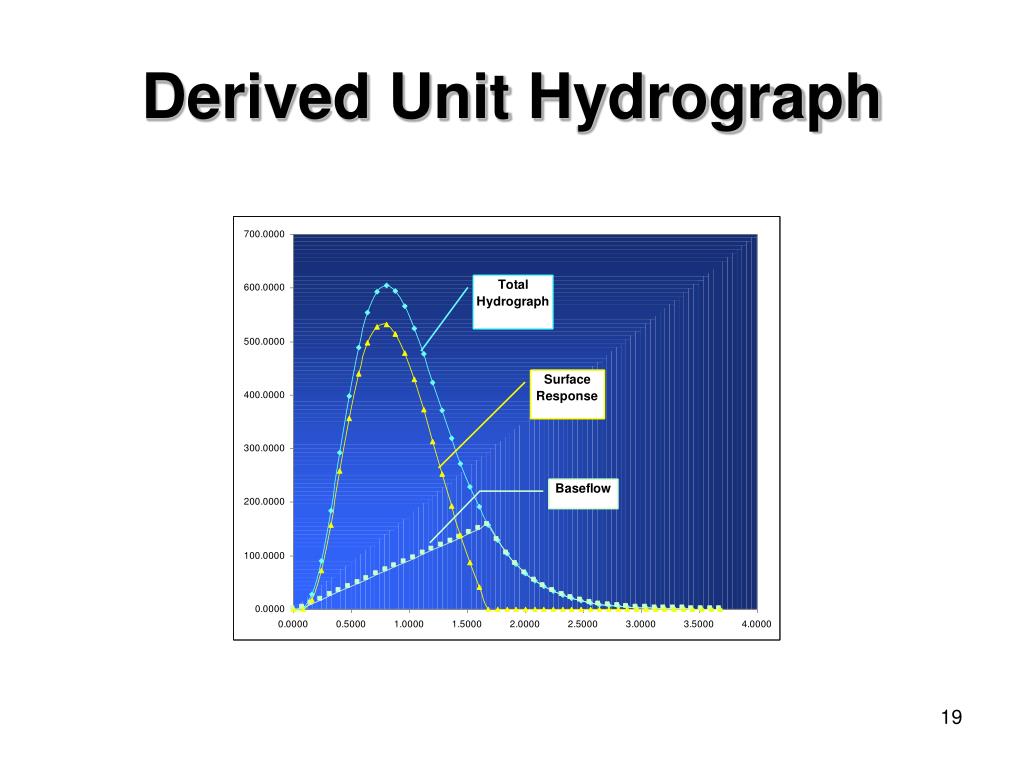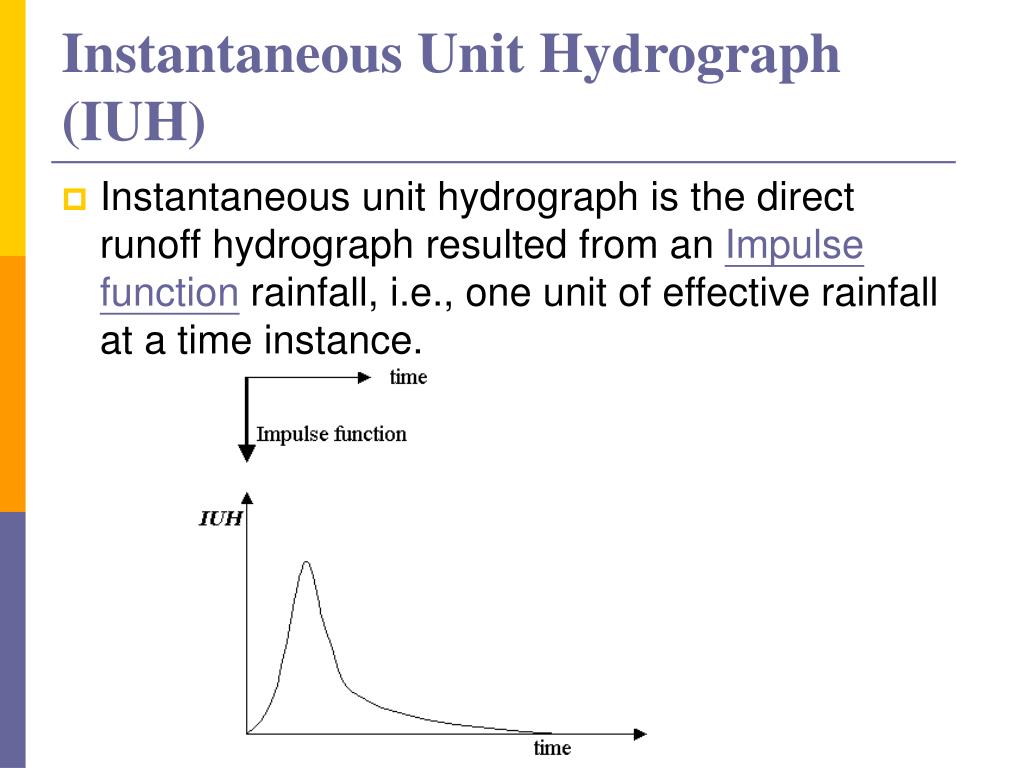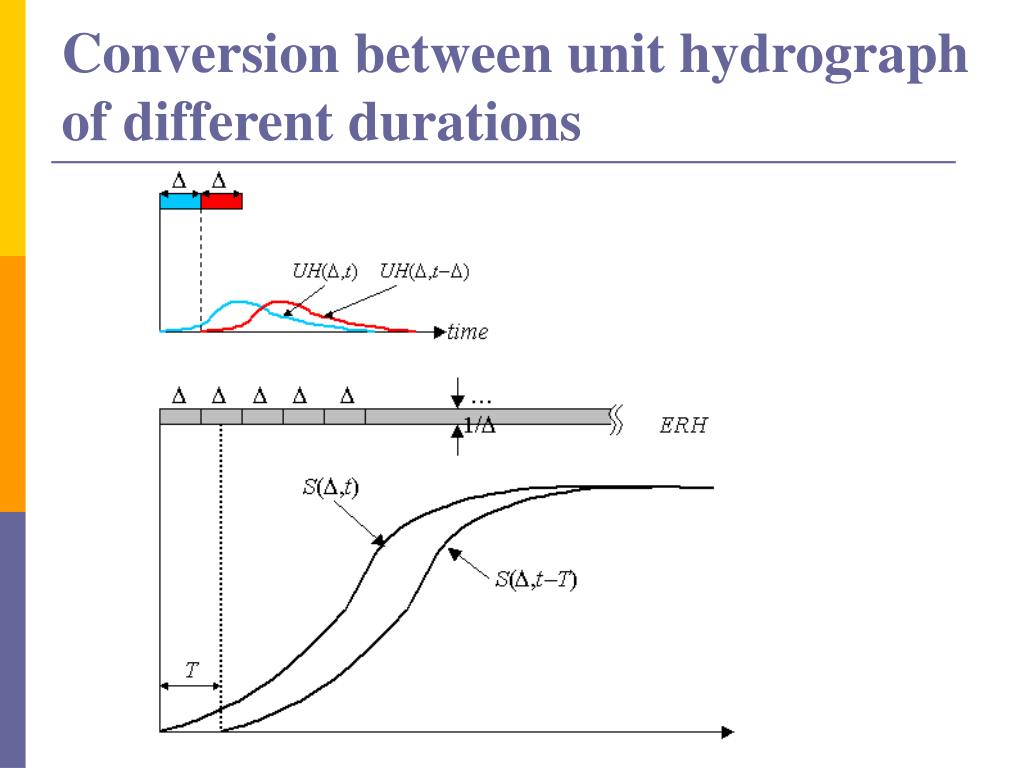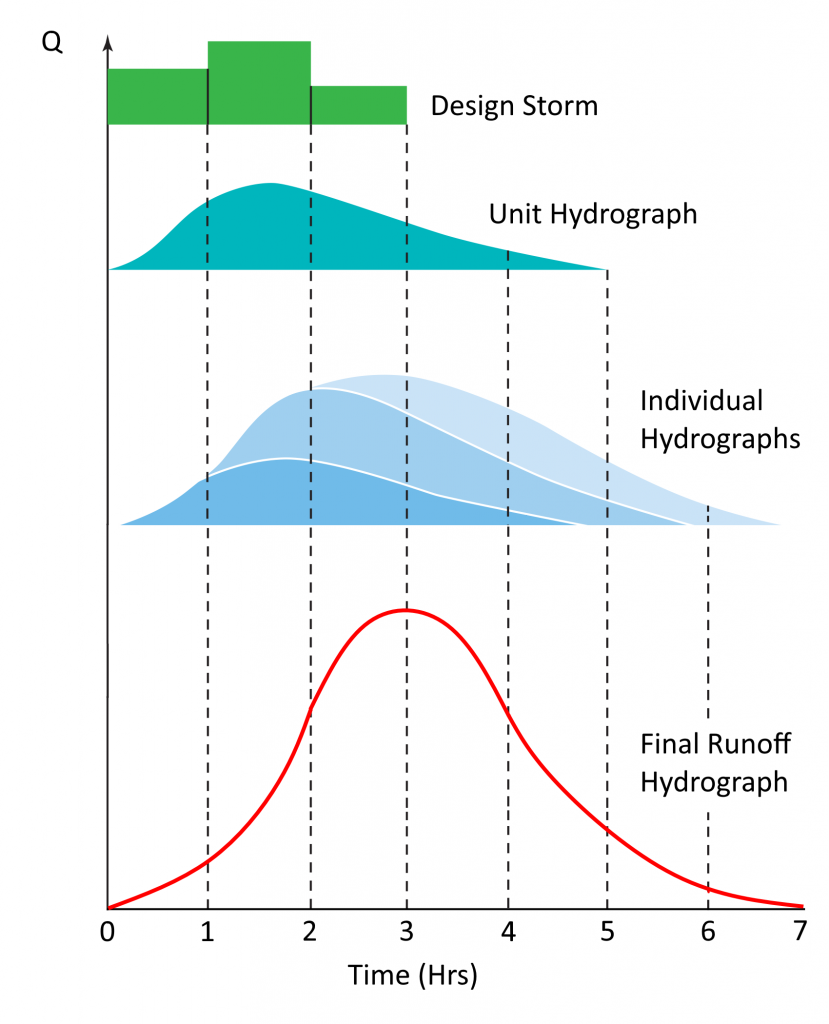Reference




OpenAI's Answer
The unit hydrograph (UH) is a valuable tool in rainfall-runoff modeling, providing a method to predict the direct runoff from a given rainfall event. Here are some key aspects of its application:
-
Definition: A unit hydrograph is the direct runoff hydrograph resulting from one unit (e.g., 1 cm or 1 inch) of effective rainfall that is distributed uniformly over a watershed and falls at a constant rate during the effective duration.
-
Linear Model: The UH model is a simple linear model used to derive runoff hydrographs through the principles of superposition and proportionality. This means that different intensities of effective rainfall can be handled by scaling the UH.
-
Transformation of Rainfall Excess: It represents how rainfall excess is transformed into runoff discharge. By using past rainfall and runoff data, the UH helps in predicting future runoff events.
-
Simplicity and Applicability: The UH is widely used because of its simplicity and practical applicability. It's crafted by analyzing measured rainfall and runoff data from gauged basins.
-
Spatial and Temporal Homogeneity: In models like the instantaneous unit hydrograph (IUH), specific spatial and temporal homogeneity conditions are crucial for effectively applying the model.
The unit hydrograph is commonly used in hydrological models such as the HEC-HMS to transform excess precipitation into runoff—a process essential in flood forecasting and water resource management.
For further reading: US Army Corps of Engineers.
Here are some relevant images that depict the unit hydrograph concept:
